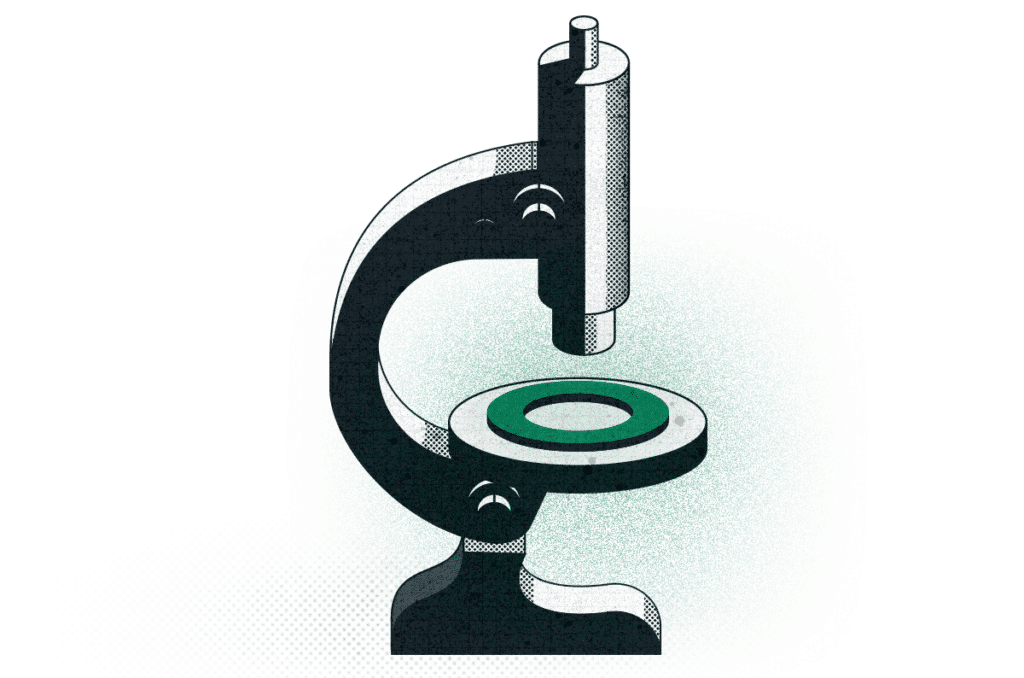If you are following the SASE, SD-WAN, and cloud-based security markets, you know that they are mostly comprised of very large vendors. Most standalone players... Read ›
Why Cato has Just Hit $2.5B in Valuation If you are following the SASE, SD-WAN, and cloud-based security markets, you know that they are mostly comprised of very large vendors. Most standalone players in categories such as SD-WAN and CASB had been acquired by these large vendors, in part to enable them to compete in the SASE space by completing their offerings to include both SD-WAN and security. The acquisition prices were a fraction of Cato’s valuation today.
What makes Cato different?
Since its inception, Cato was built to boldly compete against a wide range of large software and hardware vendors, as well as Telcos, with our fundamentally differentiated architecture and value proposition.
What is in play is the transition from appliances and point solutions built for on-premises deployments to a pure cloud-native platform. This is the Amazon Web Services (AWS) moment of networking and security. However, all our competitors in the SASE space are using legacy building blocks duct-taped together with cloud-native point solutions. They hope to evolve their solutions to become more seamless and more streamlined over time. Our position is that building “AWS-like” networking and security cloud service requires a brand-new platform and architecture.
This is exactly what Cato did in 2015. Since then, we have grown our cloud service capabilities, global footprint, and customer base, massively. We had proven that it is possible to deliver networking and security as a service with the automation, efficiency, resiliency, and scalability that comes with true cloud-native design.
The promise underpinning Cato’s vision is a better future for both the business and IT. The business can get things done quickly because IT can deliver on the underlying technology more efficiently. And it is possible, as is the case with services like AWS, because the platform takes care of all the heavy lifting associated with routing, optimization, redundancy, security and so much more.
All is left for our customers is to plug in the new office, group of users, cloud application, or whatever resource happens to be next – into the Cato SASE Cloud. Secure and optimized access is now done.
We have a lot more work to do in the market. We are on a mission to let businesses realize an even better future for networking and security and to forever change the way they run their infrastructure.
Stay tuned.
Today, Cato has announced our largest round to date at $130M and reached a valuation of $1B (pre). I want to take this opportunity to... Read ›
Cato. Ready for Whatever’s Next Today, Cato has announced our largest round to date at $130M and reached a valuation of $1B (pre). I want to take this opportunity to cover several highlights of our journey-to-date and how we see the way forward.
Cloud Service vs. Point Products
In 2015, the cloud disruption was already in full swing. The applications and infrastructure pillars of IT were continuously displaced by cloud-based services. Gur Shatz, Cato’s co-founder, and I come from the networking and network security domains. These were largely untouched by the cloud and dominated by appliance-based solutions (routers, firewalls, etc.). We saw an opportunity to create a cloud-based platform that will challenge the legacy appliance stack in the same way AWS challenged server vendors and datacenter hosting providers.
Converged Architecture vs. Integration: the first “SASE”
Historically, networking and network security were separate between networking specialists (like Juniper and Cisco) and security specialists (like Check Point and Palo Alto Networks). The cloud wasn’t just the right platform to replace physical equipment but rather the natural place to converge networking (routing, optimization) and security (firewalling, decryption, and deep packet inspection), into a single-pass architecture. We took that architectural breakthrough one step further and distributed the single-pass architecture across the globe via dozens of identical PoPs. The PoPs are built to optimize and secure incoming multi-gig traffic from all users and locations to on-premises and cloud applications. Yet, the customer network is controlled by a single policy, regardless of the location, PoP, or resource connected to it. This, in essence, is the only true SASE architecture. To date, no other company attempted, or built, a similar service.
The Transformation Starts with the Network
Transitioning enterprise networks to the new service, benefited from a key catalyst. Customers were looking to move away from their MPLS networks and the backhauling of Internet traffic to a secure internet gateway at the datacenter. The new network was built on edge SD-WAN devices, Internet last mile, and secure direct Internet access at the branch. Cato SD-WAN was created to complement the Cato Cloud and ensure the service fully supported the WAN transformation customers needed. It was important to control the network edge, because it determined who’s cloud security will ultimately be used. Cato offered the entire stack – from SD-WAN at the branch to cloud-based security, global connectivity, and remote access in one platform. Today, more than 70% of our customers buy the full networking and security stack in the initial sale.
Serving All Edges: The IT Architecture for Post COVID-19
Cato was built as a cloud first architecture. The only functionality that absolutely had to be placed at the edge (like the SD-WAN zero touch device or remote access (SDP) client) was built as a lightweight “connector” to the cloud service. The practical implication of this is that the optimization and security capabilities of Cato are available to all users anywhere: in the office, on the road, and at home. We dubbed Cato as “the network for whatever’s next” shortly before COVID-19 hit and the truth in that message was immediately apparent. Customers deployed thousands of Cato SDP clients overnight as users moved from the office to work from home. Optimal connectivity and enterprise grade security, according to corporate policies, simply followed them to wherever they needed to go. The customers’ networks were, in fact, ready for this unforeseen event and adapted seamlessly. The remote access usage of Cato jumped by 300% over the first 60 days of the pandemic spreading. Our cloud infrastructure, built to process massive traffic globally, seamlessly adapted to the change.
Start in the middle market and grow upmarket
Every startup has to identify its initial target market. We saw an opportunity to offer the enterprise midmarket a turnkey secure network that replaced the current complex set of technologies they were using and struggling to manage. Hundreds of manufacturing, engineering, technology, legal, and financial organizations deployed Cato in full production. As our capabilities grew, we were able to go up market, and now count Fortune 500 companies among our customers.
The Way Forward: Grow at Cloud Speed
Cato and its channel partners are 100% focused on the SASE market opportunity. An aggressive product roadmap and “as a service” delivery allows us to rapidly introduce new capabilities and converge more categories into our “utility” consumption model. As we expand these capabilities, ever-larger enterprises, that are amazed by the scalability, resiliency, simplicity, speed, and cost reduction we offer, are increasingly adapting our service. Finally, the strength of Cato’s financial position enables us to aggressively pursue the transformative opportunity SASE is creating in the market.
Stay tuned for the next chapter of the Cato story.











